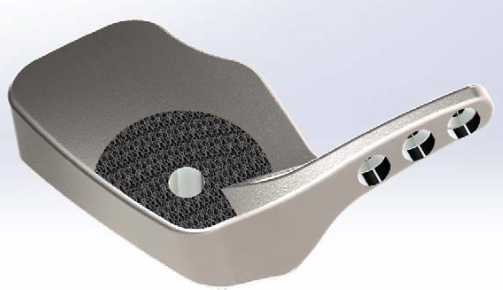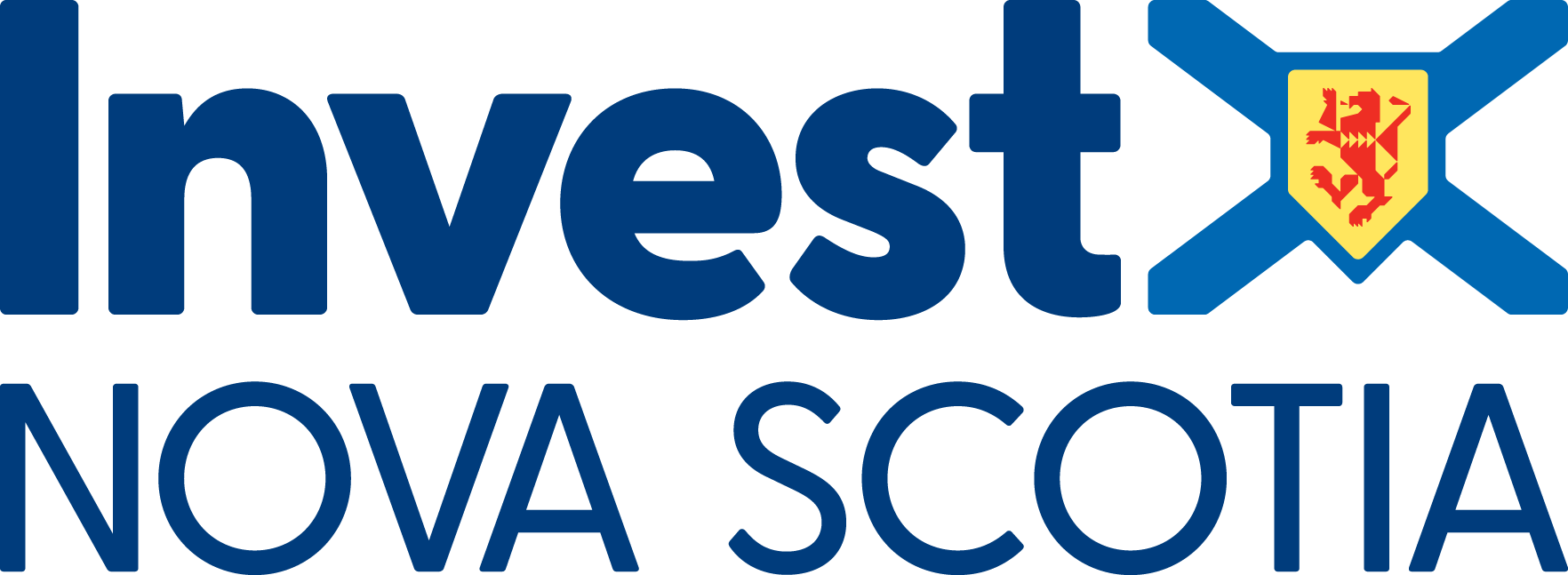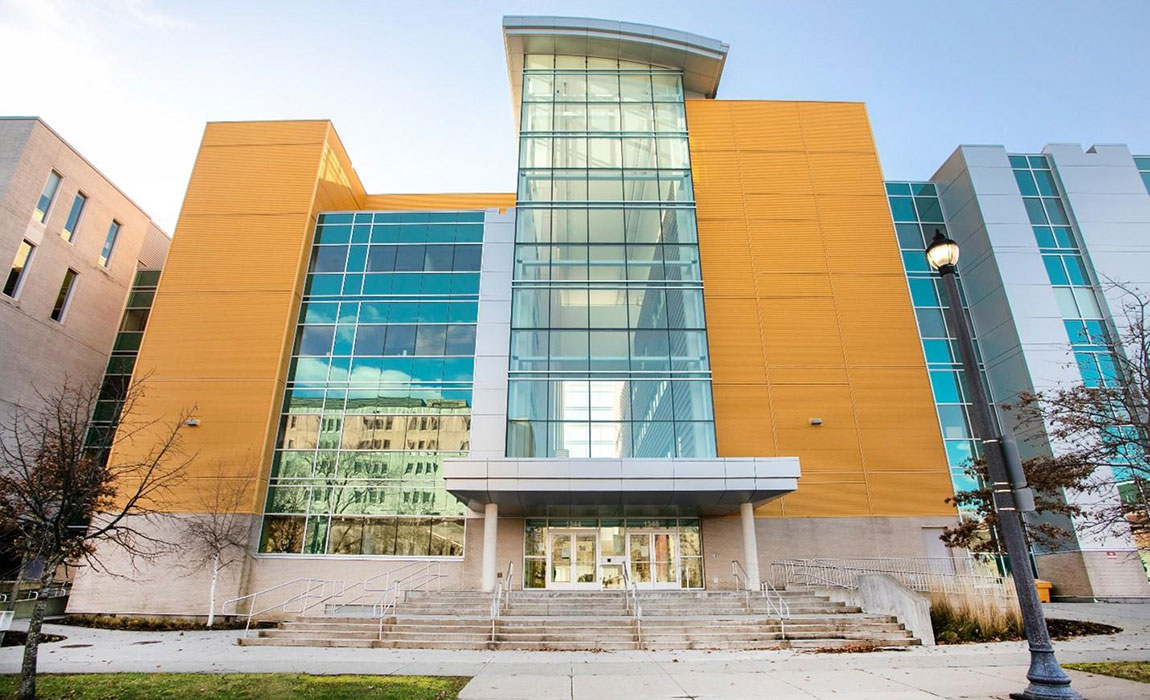Shoulder to Shoulder: An Update from Reach Orthopaedics
Thursday, October 29, 2020
This article was written by Michael Bochoff, Marketing & Communications Specialist at Innovacorp.
Although the pandemic cancelled countless meetings and networking sessions and pushed back fundraising timelines, Reach Orthopaedics has continued to press forward with its innovative shoulder implant for patients suffering from massive irreparable rotator cuff tears.
 Based on more than four decades of combined surgical experience and medical knowledge, the team's patented implant restores shoulder alignment, increasing mobility and function while eliminating chronic pain.
Based on more than four decades of combined surgical experience and medical knowledge, the team's patented implant restores shoulder alignment, increasing mobility and function while eliminating chronic pain.
"The novelty of our device is that it achieves initial stabilization in the shoulder joint by attaching to the shoulder blade, which hasn't been done before," said Christina Goudy, vice president of business development and co-founder at Reach. "Plus, the device is a single piece with no moving parts, so we don't have to worry about many of the risks common to metal-on-metal implants."
Orthopaedic surgeons Dr. David Johnston and Dr. Andrew Trenholm teamed up in 2017 to begin prototyping their device and, thanks to funding through Innovacorp's ESCF and Accelerate Program, were able to bring on Christina in late 2018. This past summer, the team added Dr. James Johnson, an engineer from the University of Western Ontario, and Dr. George Athwal, also from the University of Western Ontario and considered one of the top shoulder surgeons in North America.
"Reach Orthopaedics' goal is for our implant to be the standard of care for treatment of this common and difficult shoulder problem," said David.
"This is a potential solution for addressing the biggest unsolved problem in my career as a shoulder surgeon," said Andrew.
"Innovacorp's funding and programs allowed us to develop our business plan," said Christina. "We had access to a number of mentors and workshops, which helped us better understand the medical device landscape and processes with regards to receiving regulatory approval, reimbursement in the United States and the importance of a robust quality management system."
Rotator cuff tears are the most common reason for shoulder pain. In a 2010 study, the American Association of Orthopaedic Surgery estimated that of the 2 million patients diagnosed with a rotator cuff tear in the US each year, 650,000 will require surgery but only 250,000 will receive that surgery due to high costs. The other issue is the lack of viable surgeries for middle-aged patients who need them.
"We're focusing on the active, middle-aged patient because current surgical solutions don't fit their needs," said Christina. "Some surgeries are only suitable for patients over 70 due to high failure rates — in fact, 40 per cent of those devices fail within 10 years — and other surgeries have poor healing rates. Graft patches, for example, won't heal as well in older patients as they would in younger patients."
"COVID-19 pushed our timeline by six to eight months, but rotator cuff tears still need to be addressed, especially for essential workers like truck drivers and nurses," said Christina. "Other treatments such as physiotherapy or steroid injections are only short-term solutions. There's an unmet need here and we're going to fill that gap."
October 29, 2020, Halifax, Nova Scotia




